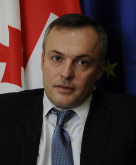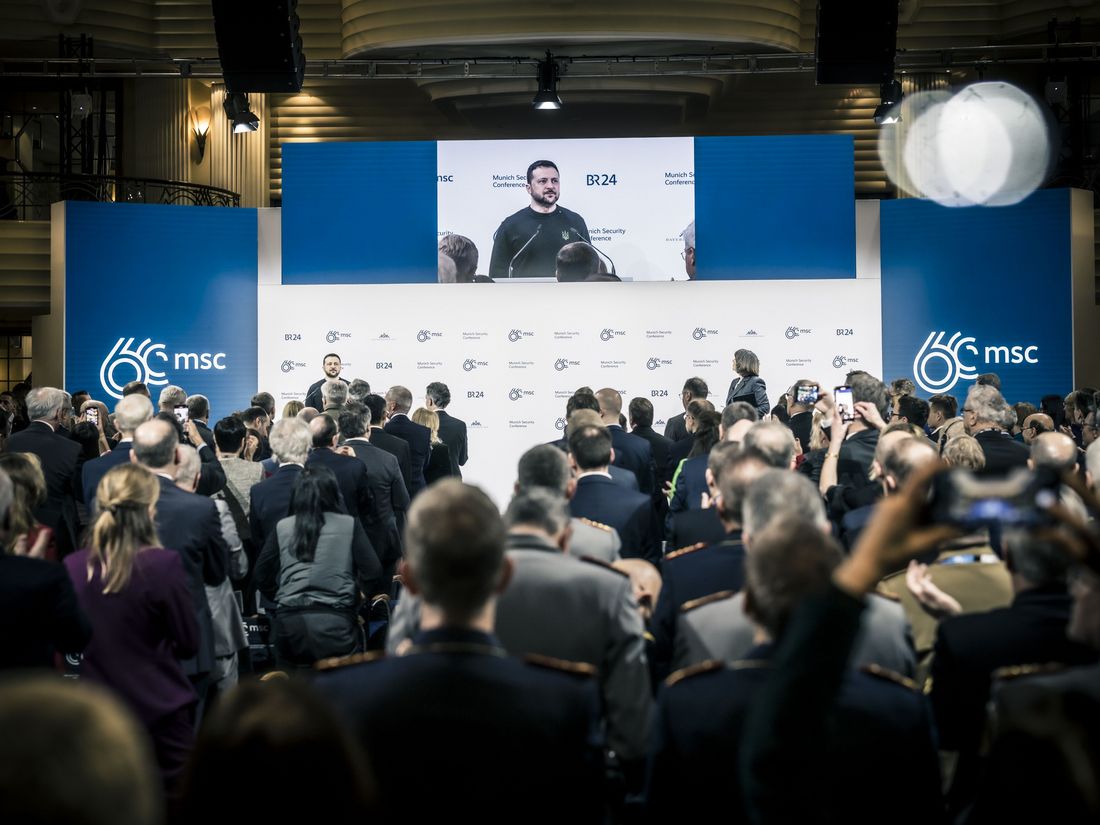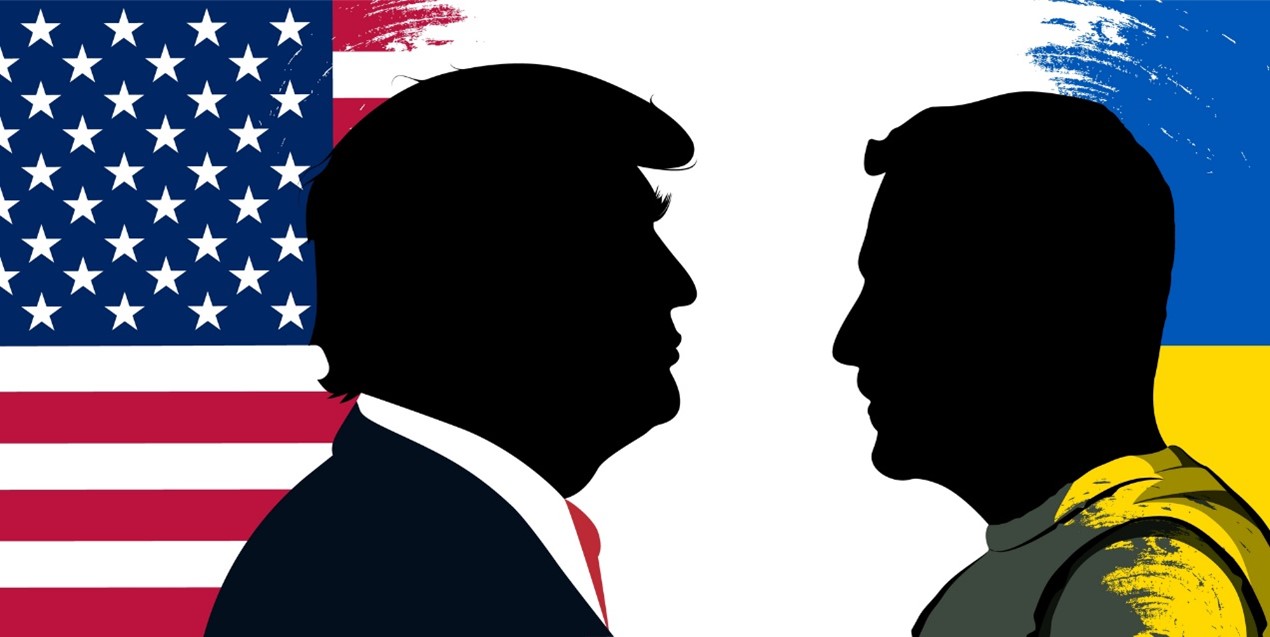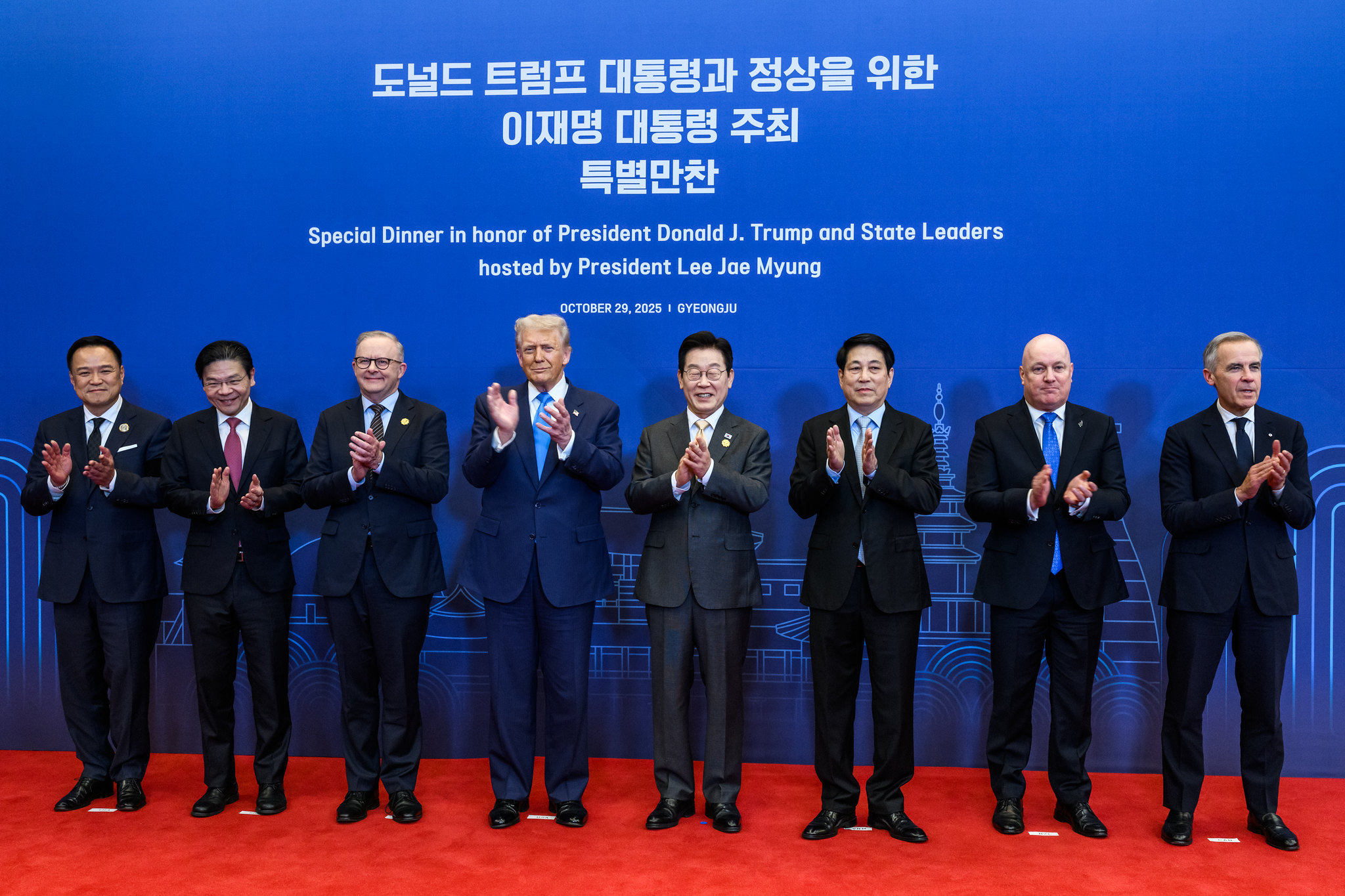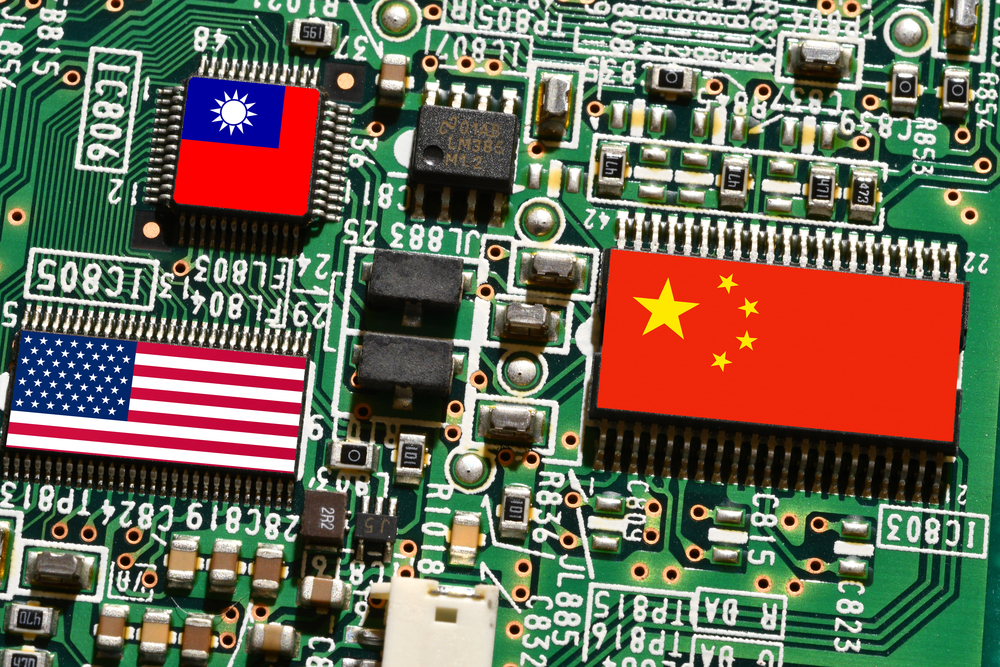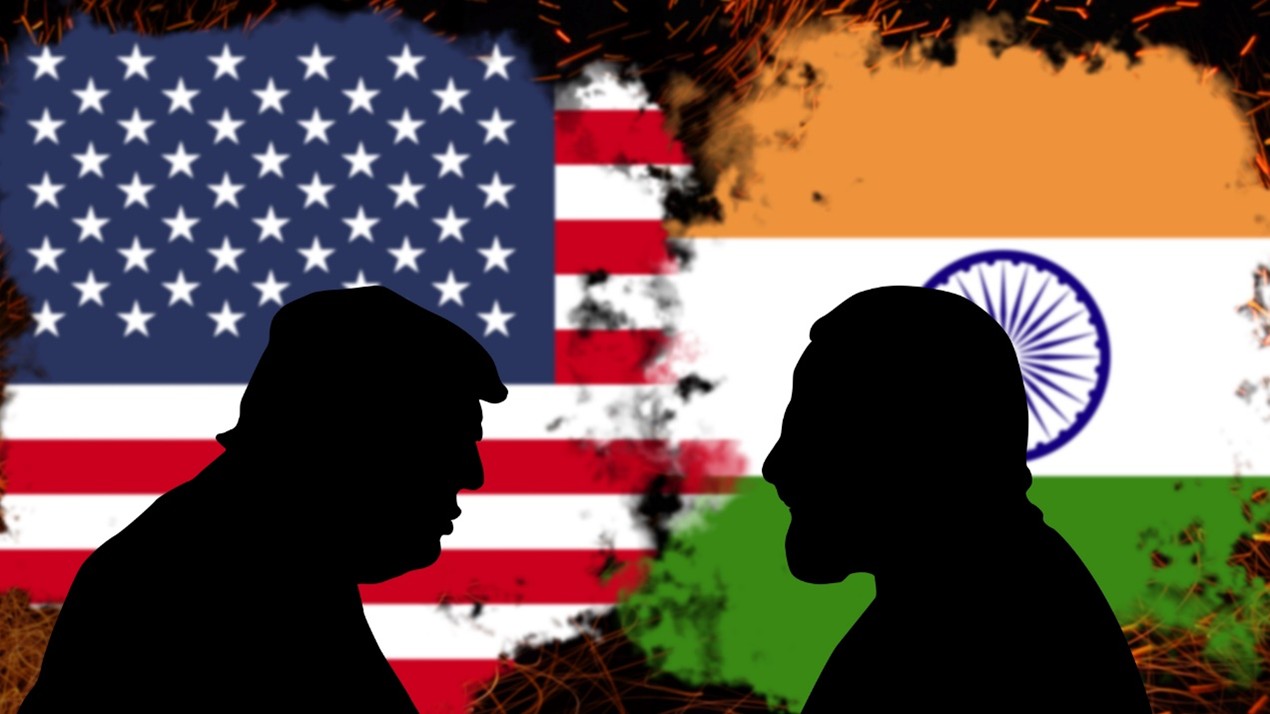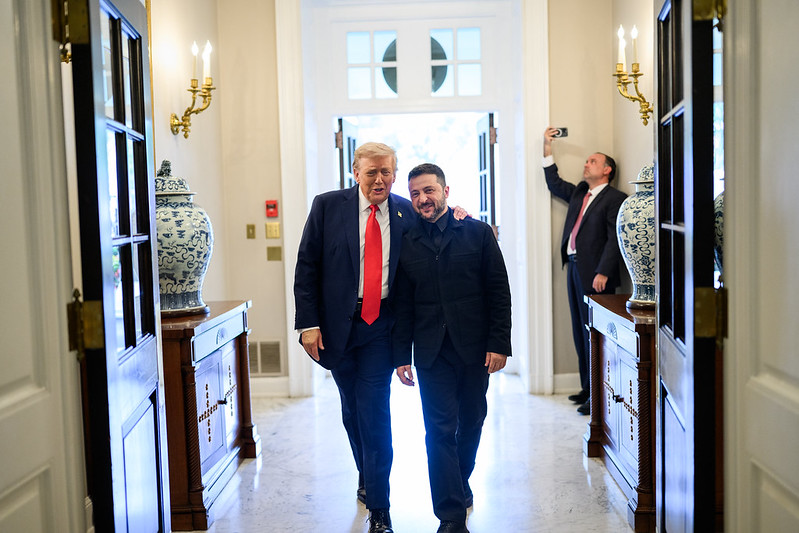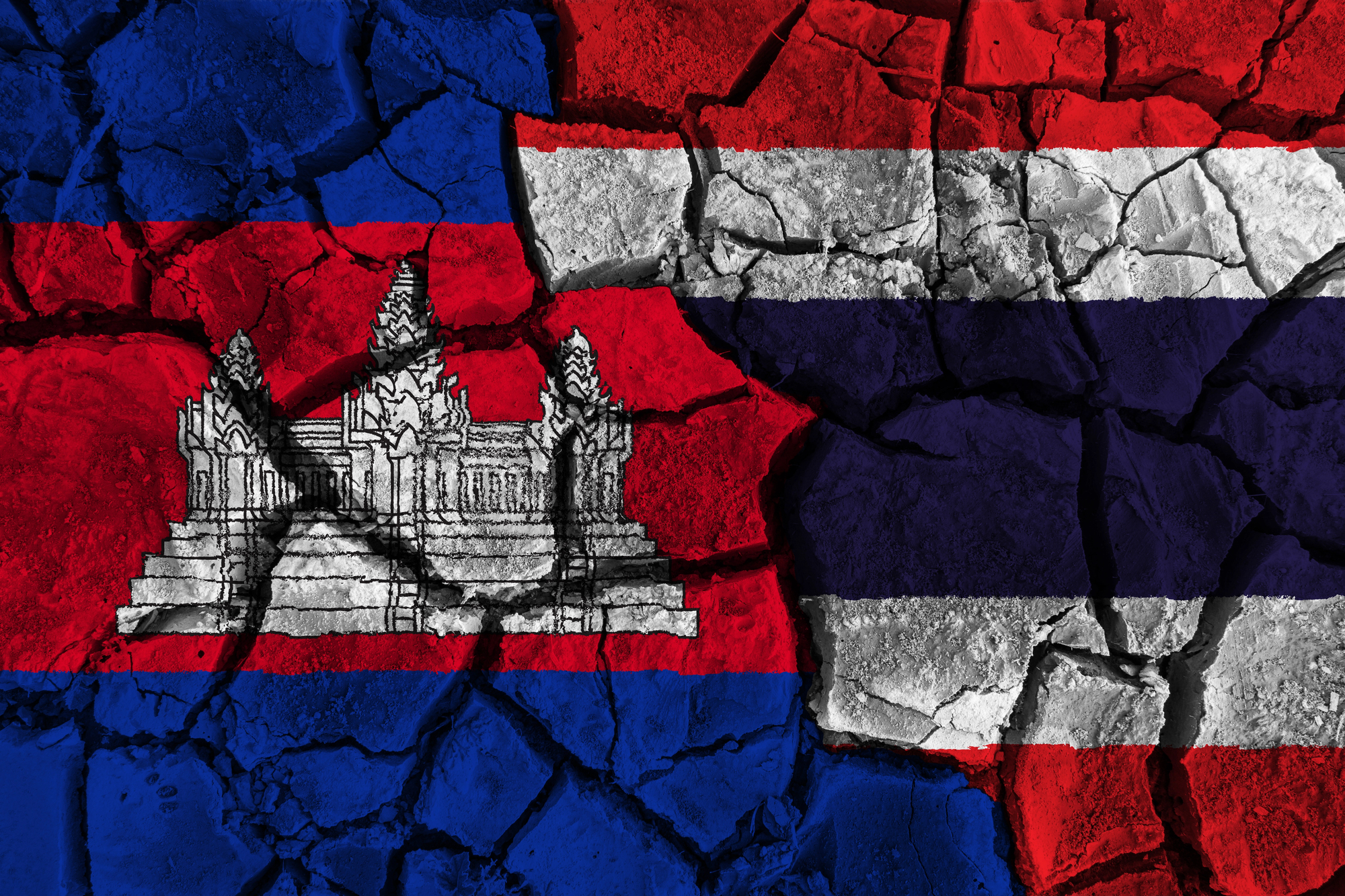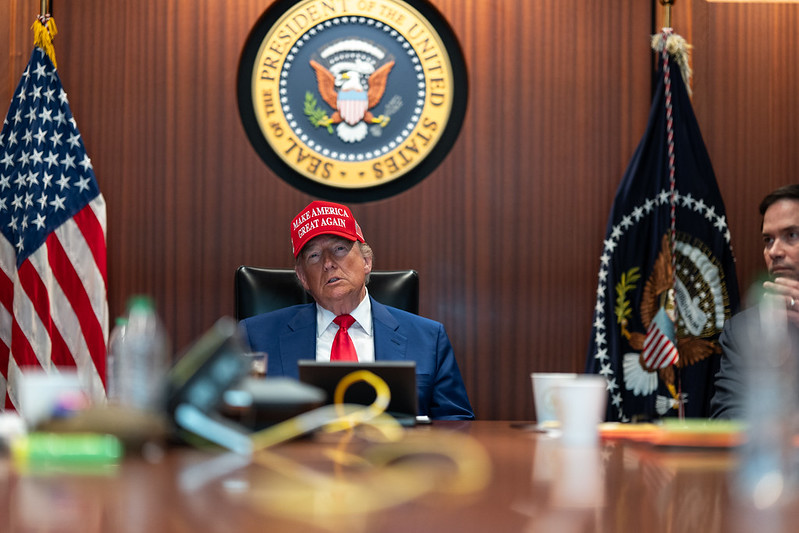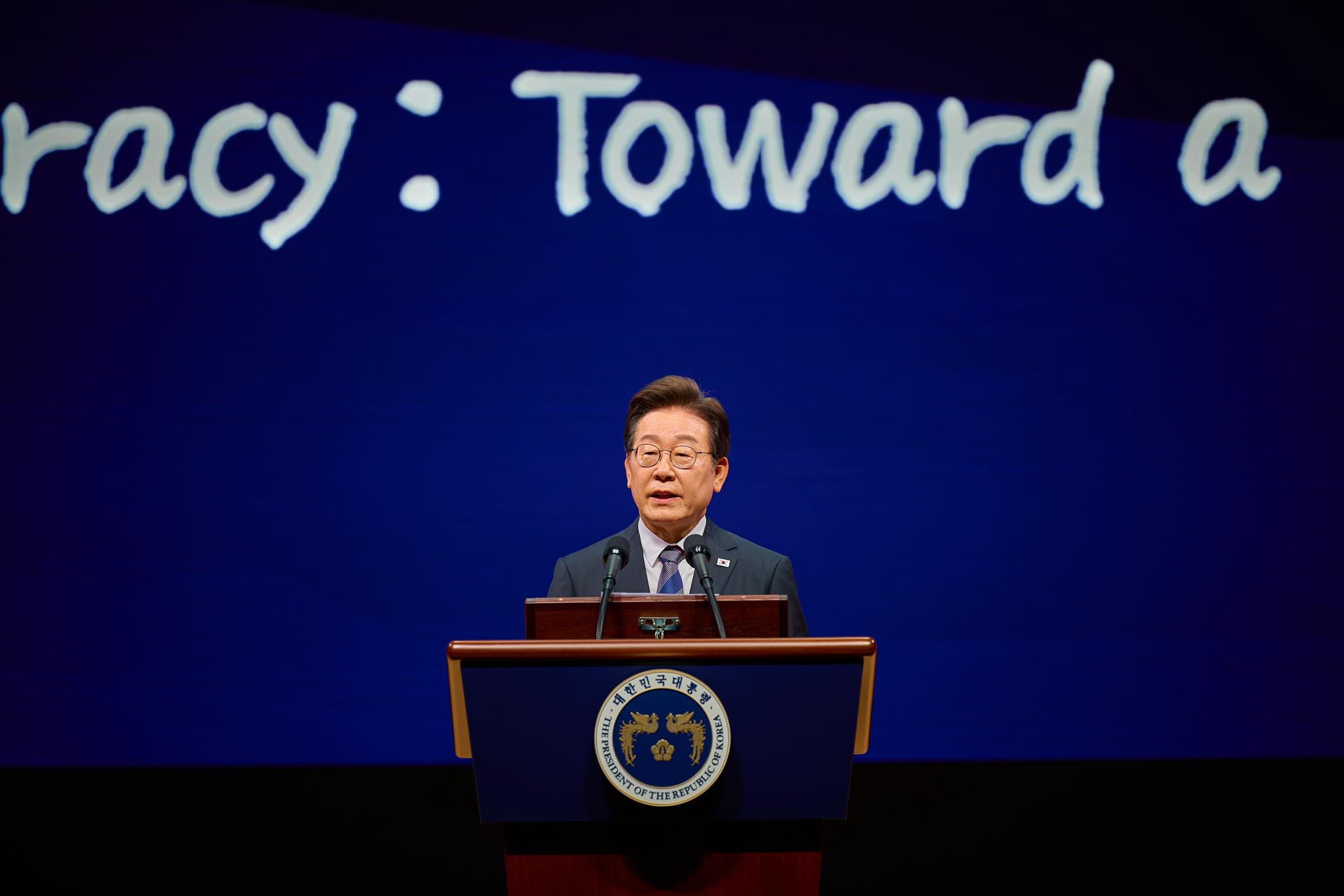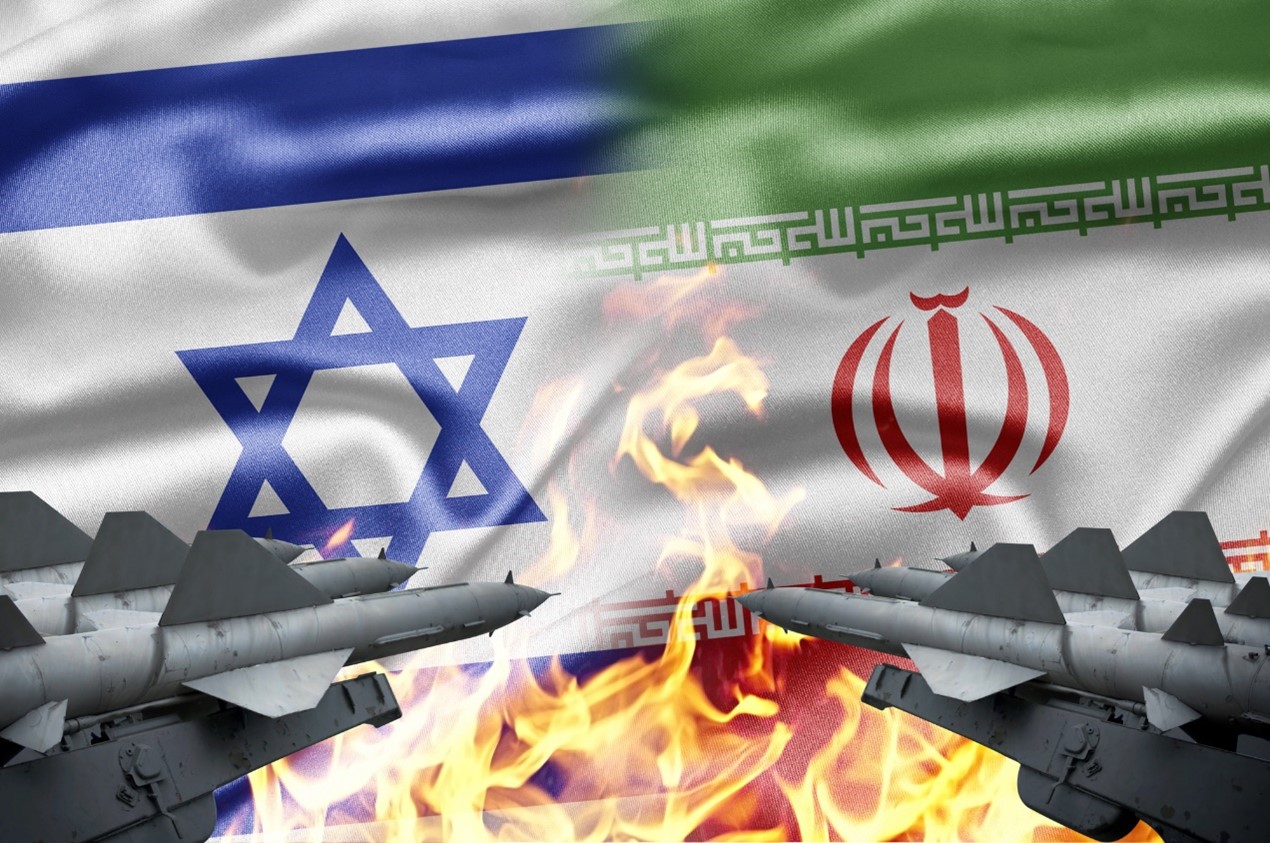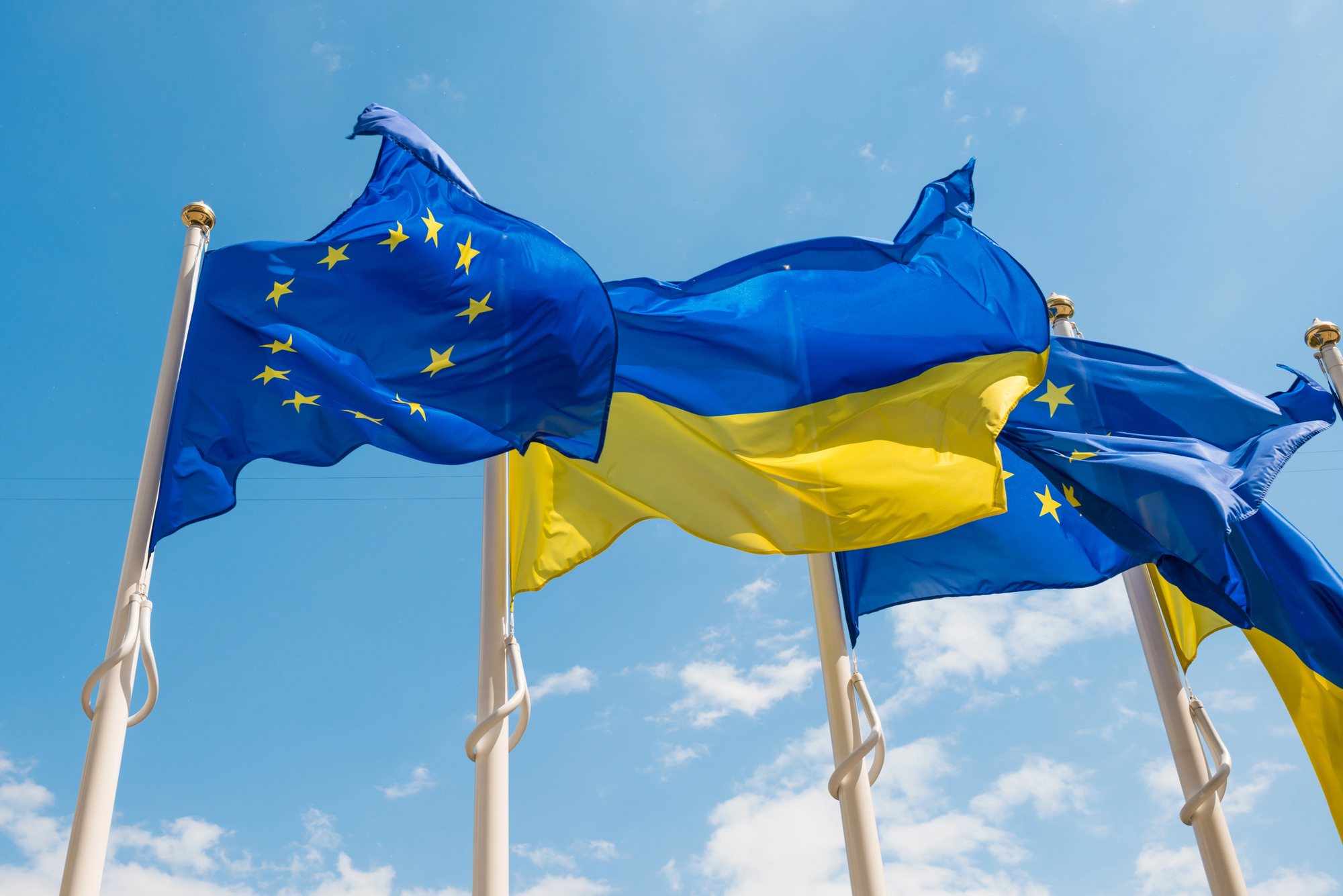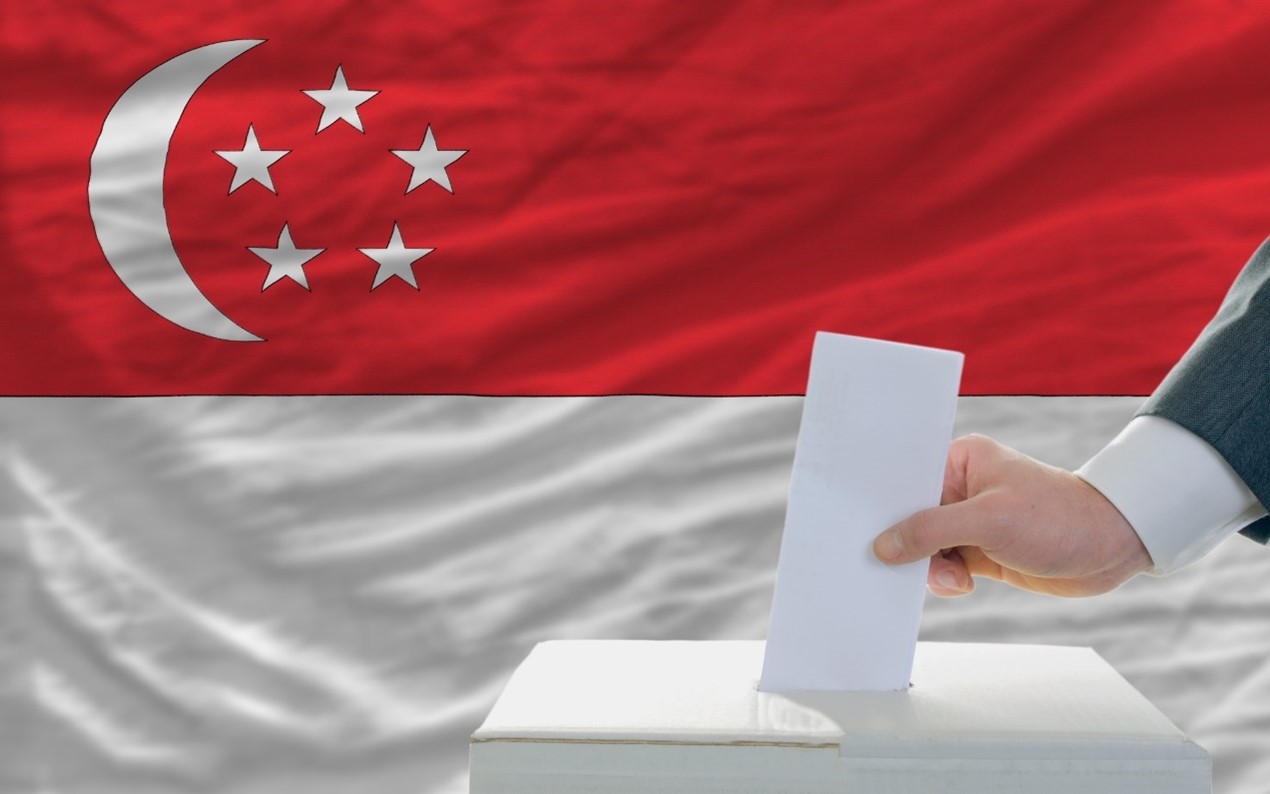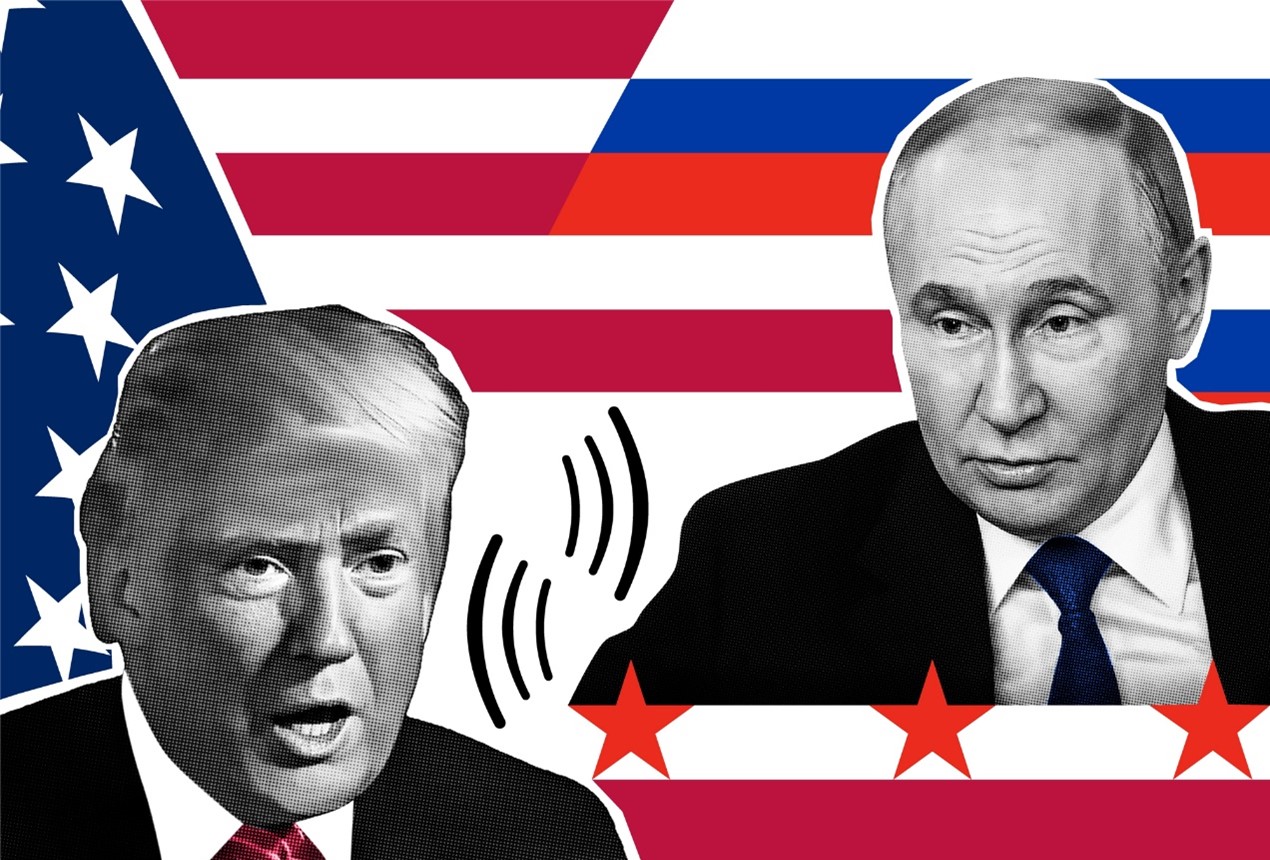The U.S. has introduced some of the elements of its vision for achieving rapid peace in Ukraine. The key massages were: a rapid ceasefire; no American boots on Ukrainian soil; equal burden sharing by Europe; Ukraine’s NATO membership in question; and U.S. interest in Ukraine’s mineral resources in exchange for military assistance. Picture source: Münchner Sicherheitskonferenz 2025, February 14, 2025, https://securityconference.org/msc-2025/agenda/.
Prospects & Perspectives No. 10
Ukraine and the New World Order
By Batu Kutelia
Eighteen years ago, in 2007, at the Munich Security Conference Vladimir Putin has formally challenged the liberal democratic world order by announcing his aggressive revisionism and started its implementation in 2008 with the military invasion of Georgia. This came after NATO’s strategic mistake to slow down its visionary plan of Europe Whole Free and at Peace. The first indication was sent by not admitting Ukraine and Georgia’s bid for NATO membership at its Bucharest Summit, while issuing an open yet undefined commitment to such a goal. This indecisiveness, infused by the lack of strategic vision and leadership from the West, allowed Russia to push forward its revisionist agenda, one that ultimately resulted in Russia’s 2022 invasion of Ukraine.
Just peace through victory
This war marked a turning point in the global clash between democracy and autocracy, challenging not only the rules-based international order and European security, but also U.S. leadership. Together, Russia and China are leading an autocratic offensive to undermine democratic systems and reshape the global balance of power. Russia’s and China’s joint demand before the invasion for the West to abandon NATO enlargement through the inclusion of Georgia and Ukraine exemplifies its effort to weaken self-determination and collective security, striking at the core of democratic values. It also expands their geopolitical grip over the strategic region of the Black Sea.
The existing rules-based international order emerged after World War II following the Allied victory over Nazism through U.S. leadership and European unity. The current war is WWIII and the future world order will be determined by its outcome. Therefore, any “peace plan” over Ukraine should not be just a ceasefire, but rather a comprehensive solution where the aggressor faces military defeat, justice prevails, the initiators of this war are held accountable, security guarantees are created and economic recovery boosted — in short, it needs a “victory plan.” That is the shortest path to a sustainable long-term peace.
Lasting Peace through strength and resilience
The war in Ukraine has highlighted the fact that responding to multiple contingencies at short notice, while building up the ability to withstand and recover quickly from disruptions, has become the new normal of the strategic competition between democracy and autocracy. Competitors use malign influence against democracies to undermine longstanding commitments to value-based alliances, partnerships, and the rules-based international order. The interdependence and strategic interconnectivity among those countries requires a coordinated, holistic “Whole-of-Democracies” approach to achieve a higher degree of resilience against the treats above and below the threshold of open military conflict. All aspects of proposed peace initiative should be analyzed through this contextual prism.
Eighteen years later, again at the Munich Security Conference, the international community is trying to respond to this challenge. The U.S. has introduced some of the elements of its vision for achieving rapid peace in Ukraine. This included President Donald Trump’s phone conversation with Putin and what was arguably a very superficial (if not controversial) speech by his defense secretary. The key massages were: a rapid ceasefire (stop the killing); no American boots on Ukrainian soil; equal burden sharing by Europe; Ukraine’s NATO membership in question; and U.S. interest in Ukraine’s mineral resources in exchange for military assistance. All this resonates with Trump’s election campaign promises but also follows the not-so-successful tradition of every U.S. president after Reagan of seeking to achieve rapid peace through various versions of “resets” of relations with the USSR/Russia.
This will not work this time. The aggressive nature of Russia is rooted in its system, which generates and forms leaders like Putin. Putin needs short-term ceasefire as a tactical pause, and this could be achievable through Trump-Putin talks. But it will not end the war. War will continue with other hybrid means and could evolve to the next phase of military aggression, probably by the end of Trump’s term. This could occur in Ukraine, or elsewhere.
Looking forward, Trump’s vision for peace leaves many gaps that need to be filled. First and foremost are security guarantees for Ukraine. There are only limited handful options for this. NATO membership is the most cost-effective and solid option. This might be preceded or complemented by the U.S./allied military presence on the ground, especially if the U.S. hopes to secure access to Ukraine’s mineral resources, mostly located in the Eastern part of the country. Additionally, any international ceasefire monitoring mission would add necessary internationalization to the process.
Western unity will be key for any refusal to recognize Russian territorial claims against Ukraine’s sovereign territory and maintaining sanctions to deprive Russia of the resources it needs for further aggression until it withdraws from occupied territories. Meanwhile, due to the Russian annexation of Crimea and occupation of the Abkhazian region of Georgia, the Black Sea area should become the focus of a new European security architecture, where robust military deterrence by NATO and/or the EU should become the guarantor of safe maritime communication and access to the mineral resources-rich Central Asia through the middle corridor, bypassing Russian and Chinese disruptive leverages.
This is the chance for the U.S., European and other allies individually and collectively to lay the foundations for defeating Putin and Russian revanchism. This will deprive the current regime of the ability to present a ceasefire determined by big powers as a victory. It could also give the Russian people a chance to have a normal state in future.
A longer-term goal for democracies is the rearrangement of political, economic and defense systems through a more holistic approach to national and international security. Bolstering societies’ resilience against any form of hybrid warfare by aggressive authoritarian regimes is also necessary.
A new world order: Who sets the rules?
Without Ukraine’s brave resistance, a rapid victory by Russia in Ukraine could have been the final and fatal shot against the liberal-democratic world order. Ukrainians are holding the line and have now given the democratic world a three-year grace period to rearrange themselves and demonstrate political will and leadership. President Zelensky and the Ukrainian people have set the bar. President Trump has offered a partial vision, and Europe should act now. Moreover, other non-NATO and EU democracies have a chance to step up and contribute to the peace process. European rhetoric at the Munich conference and afterwards was decisive, but actions must follow. The common goal is to avoid more assertive authoritarianisms encouraged by Putin’s success (or even the illusion of success) and motivated not only by increasing the geography of their spheres of influence but also by the desire to dominate the mineral resources that are necessary for the West’s own security and safety. A new world order is being drawn, and the free world should set the rules once again.
(Batu Kutelia is a Senior Fellow at the Foreign Policy Research Institute.)

